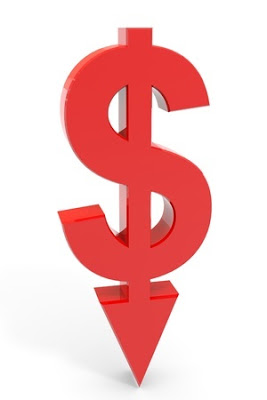
The focus shifts in the week ahead from Yellen’s testimony and disappointing data to the ECB meeting which is expected to result in a further modest adjustment in its risk assessment. While the focus shifts, the pressure on the dollar will likely remain. It fell to new lows for the year last week against the euro, sterling, Swedish krona, and the Canadian and Australian dollars, among the majors.
Among the emerging market currencies, the dollar fell to new lows for the year against the central European currencies (forint, zloty, and koruna) as well as the Singapore dollar and Mexican peso, among the actively traded emerging markets. The dollar recorded its lowest close for the year against the Chinese yuan ahead of the weekend.
The markets have doubted the Fed’s commitment to raising interest rates since the start of the year. Perhaps it reflected, in part, the disappointment after the dot plots had suggested four hikes in 2016, only one was delivered. The markets were skeptical of the March hike until officials launched a full court press to convince it otherwise. Officials needed less of a campaign about the June hike. It is a possible third hike this year that the market is now skeptical
On June 15, a day after the last FOMC meeting, the September Fed funds futures contract implied about an 18% chance of a hike, according to the CME. It had fallen a little below 10% before the retail sales and CPI reports before the weekend. There is now almost an 8% chance of a hike priced into the September futures contracts.
The market is skeptical of a December move but less so than after the June hike. A month ago, the market had discounted about a 41% chance of a hike. The pricing implied a 47% chance before pre-weekend data, which spurred a reassessment that brought the odds down to almost 43%.
As we surmised shortly after the June meeting, a consensus on reducing the balance sheet appears to have emerged before officials seem prepared to hike rates again. Many of officials’ word cues continue to suggest a desire to begin its balance sheet operations soon. Given the perceived need to guide investors understanding, it is preferable to make such an announcement when there is a scheduled press conference. That makes September a likely candidate, allows officials monitor the evolution of price pressures.
Growth forecasts have been trimmed. Currently, the Atlanta Fed’s GDPNow tracker sees 2.4% growth, while the NY Fed’s tracker puts it at 1.9%. Two points ought to be kept in mind. First, such growth rates may seem slow, but those rates are at or slightly above what Fed officials regard as trend growth, which is a pace that is associated with stable prices. The key reason for lower trend cited by Yellen was demographic.














Leave A Comment